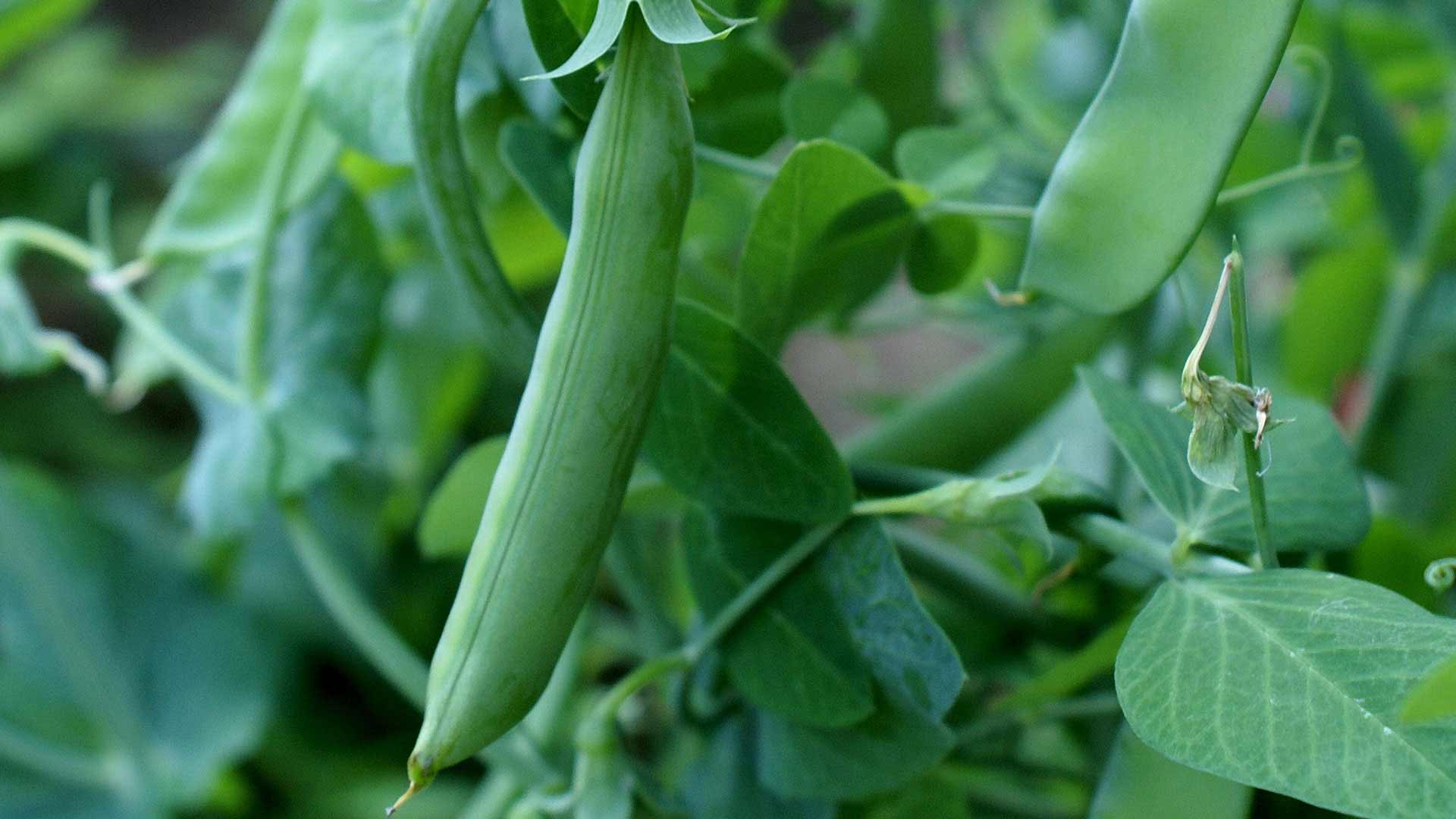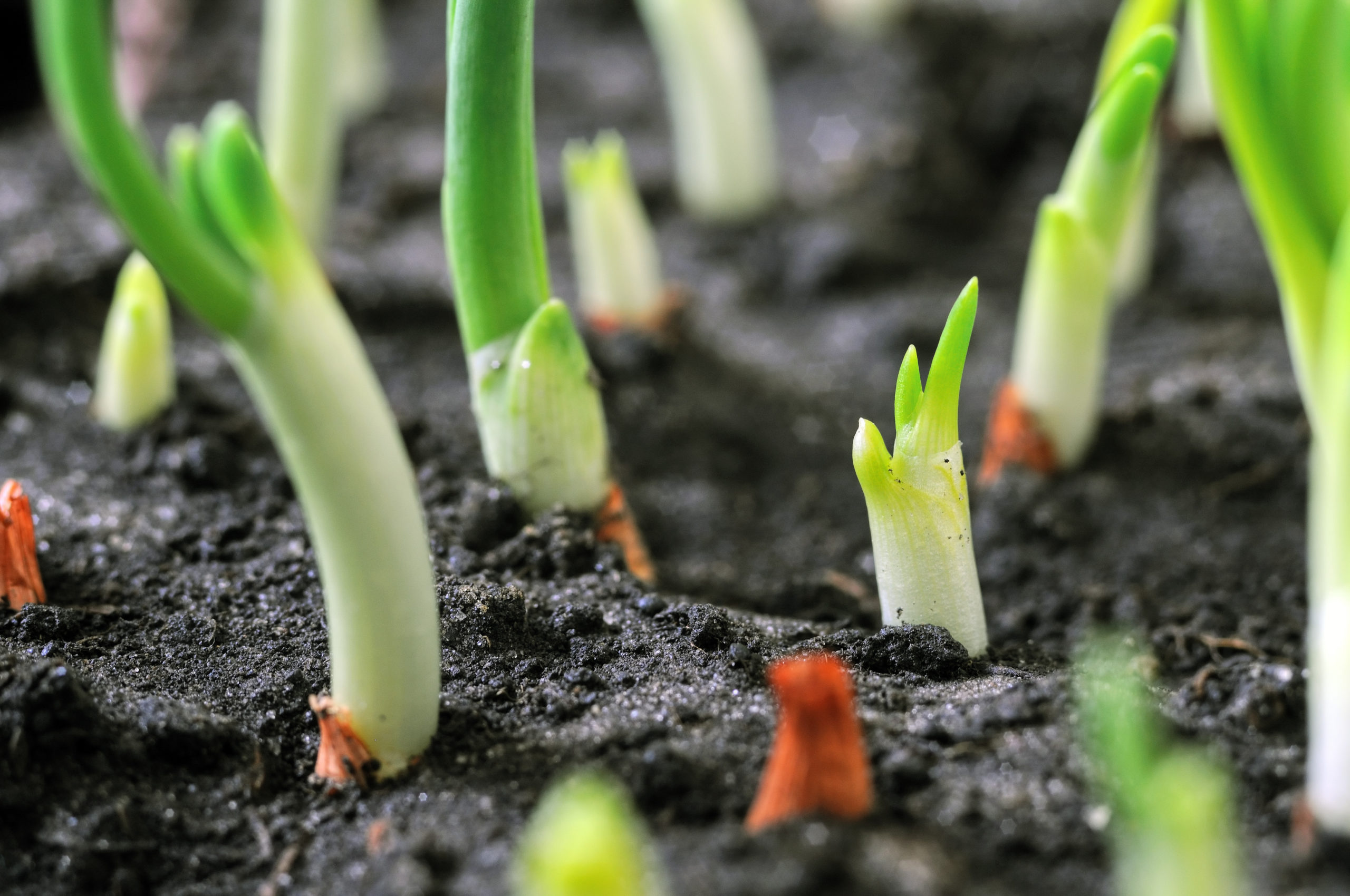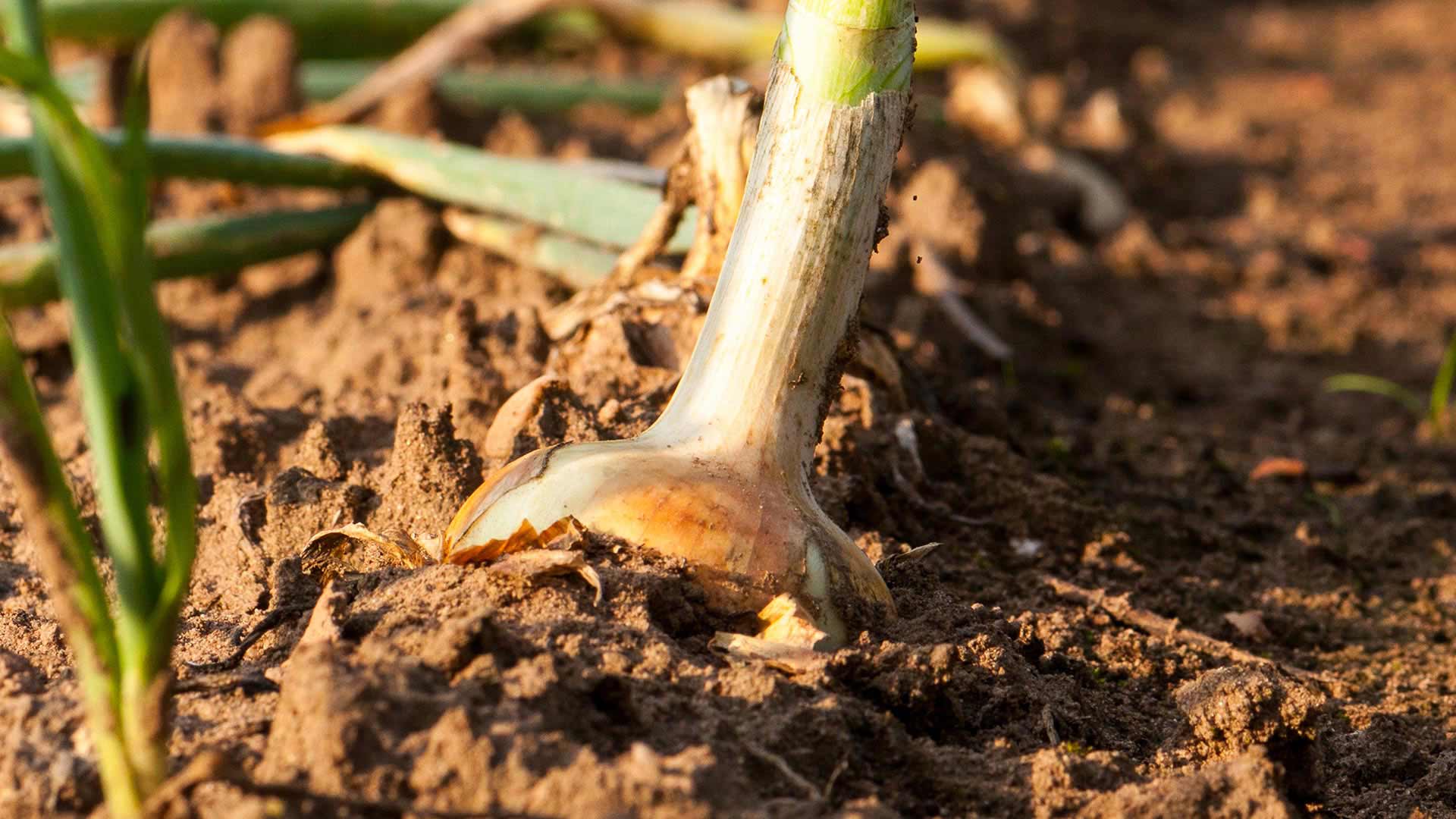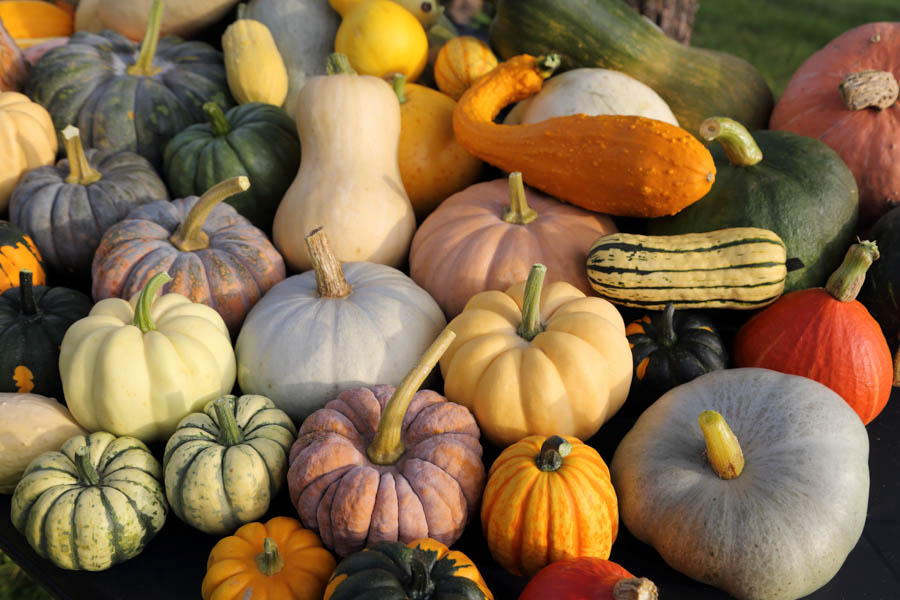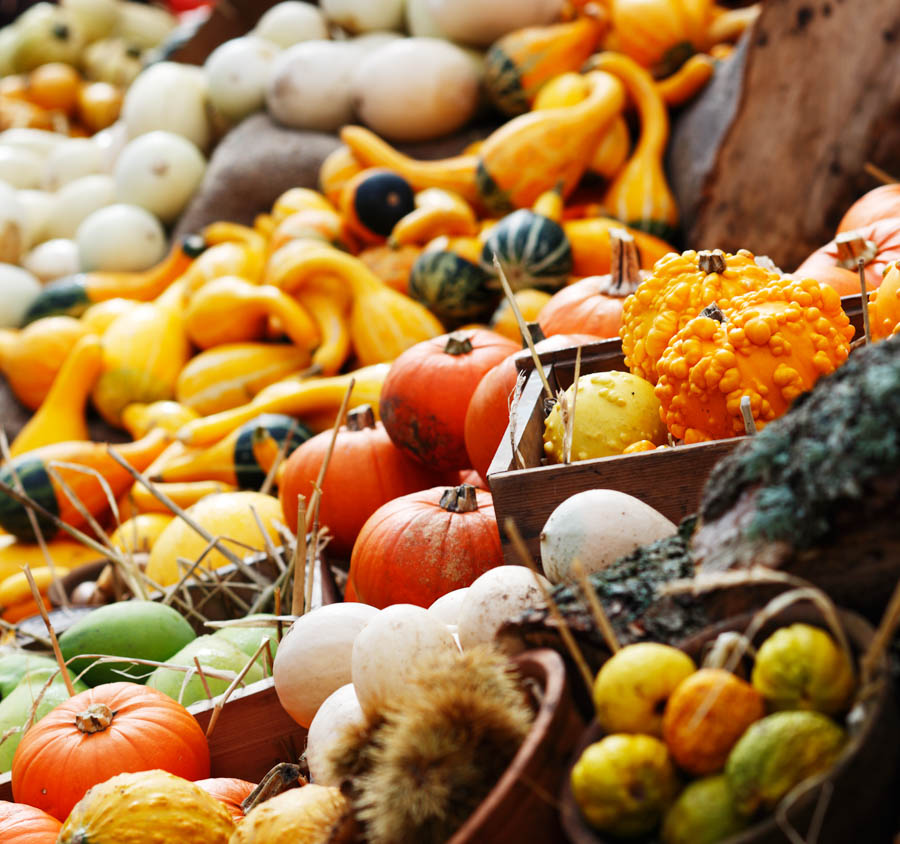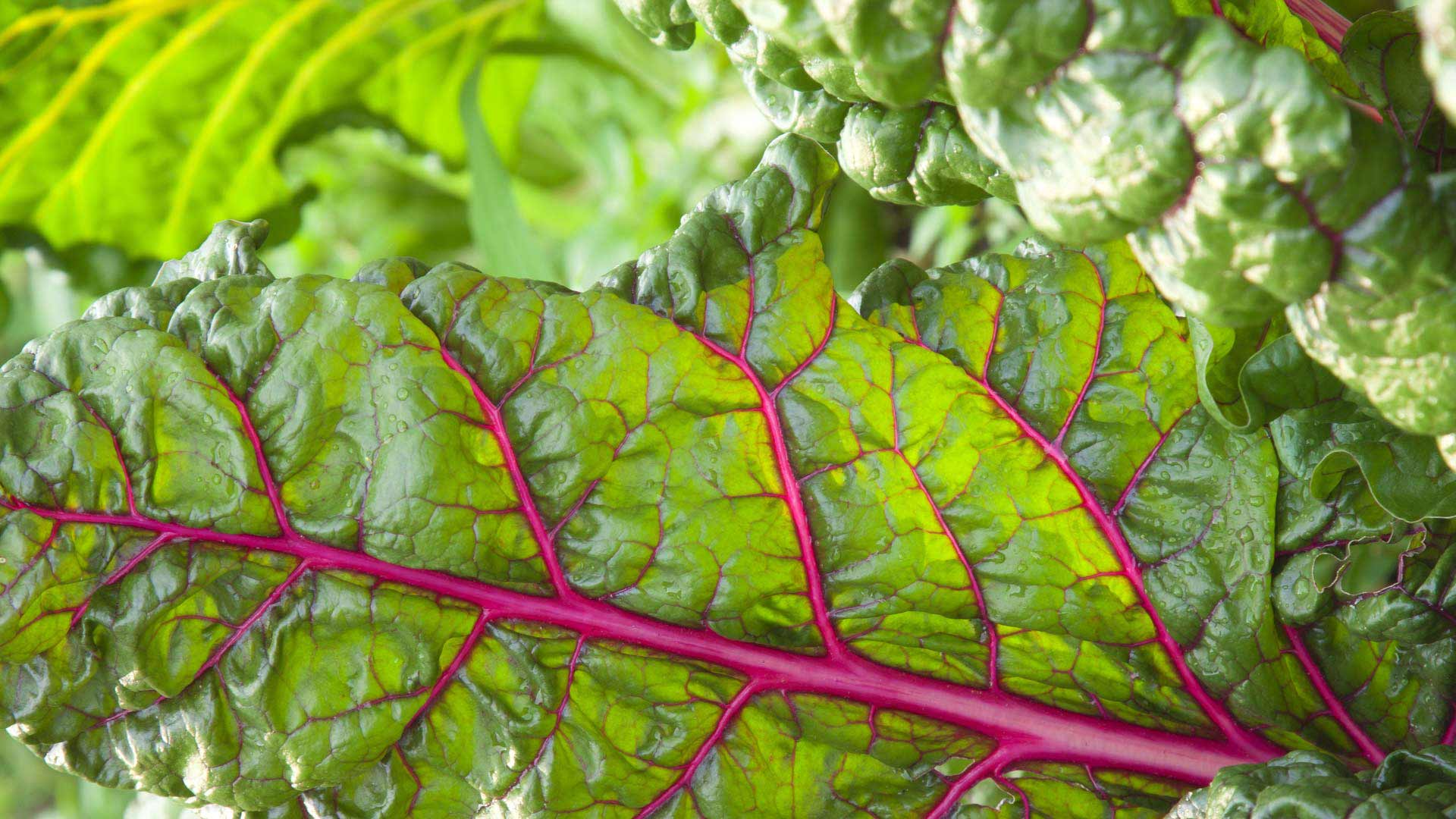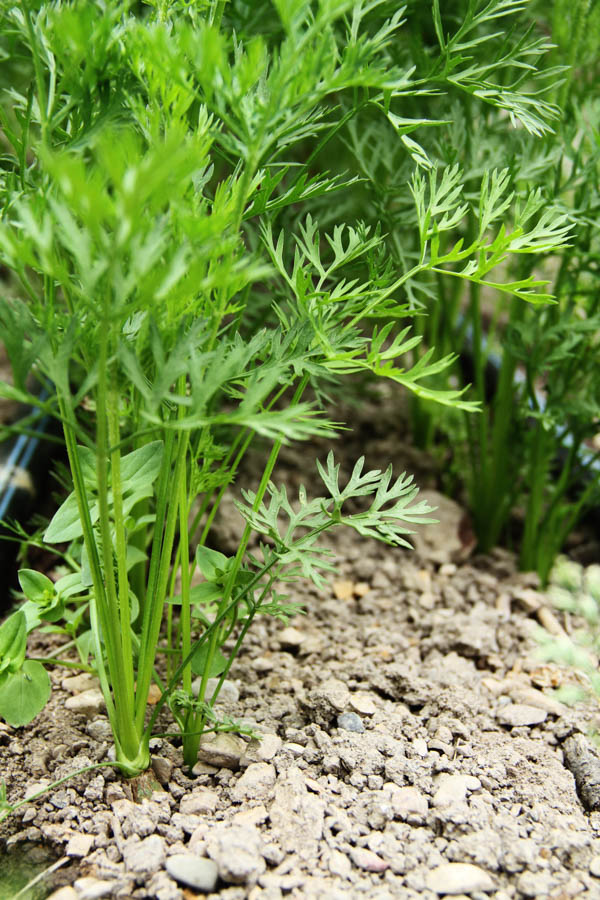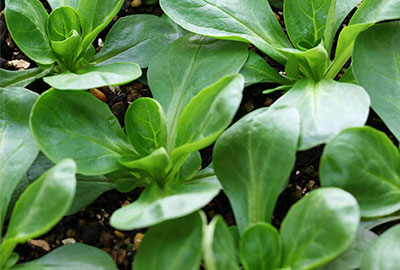Dig in
Growing Snap Peas? Consider Harvesting Young Stems and Leaves As Greens
Have you grown snap peas or snow peas? But have you ever grown or eaten pea greens? Consider planting extra peas to have enough plants for harvesting young, tender stems and leaves as greens. Pea greens are nutritious and delicious. They are a candidate for GardenZeus expert Darren Butler’s favorite green, and can be used […]
Read More
Three Ways to Start Onions: Seed, Transplants and Sets
Buying and growing bulb onions successfully from transplants and sets can be tricky. GardenZeus recommends growing your own starts or seeding directly outdoors in fall. Short-season varieties that are ideal for many portions of California are not sold as sets. You may find them as transplants (live plants) at local nurseries, online, or by mail […]
Read More
Selecting Onion Varieties for California Gardens: The Importance of Day Length
March 5, 2017
GardenZeus Northern California
/ GardenZeus Southern California
/ Organic Gardening: Vegetables
/ The Mighty Garden Archive
By: Ann Clary
Selecting bulb onions varieties to grow in the home garden is more complicated than for most other vegetables. The most important factor for home gardeners is day length, meaning the number of hours of sunlight needed to initiate bulbing and for the plants to form full, mature bulbs. If you have the wrong day-length variety […]
Read More
How are Growing Carrots Like Riding a Bike?
How are growing carrots like riding a bike? Both are easy once you learn how. Darren Butler recommends this 8-part list for practicing the knack of growing large, tasty, single-rooted carrots. May you have many a happy ride on the carrot-growing bicycle: 1) Grow in loose, uncompacted, uniform soil without rocks or obstructions. 2) Grow […]
Read More
Growing Winter Squash and Pumpkins in the California Home Garden
Because of their long growing season, winter squash and many pumpkins tend to be more difficult to grow to maturity than summer squash. However, provided that a few important cultural needs are met, long-season squash can be champions of the garden and pantry, with many varieties producing 5 to 40 pounds of food per fruit […]
Read More
What are the Differences Between Summer Squash and Winter Squash?: A GardenZeus Guide
The terms “summer squash” and “winter squash” have confused many a gardener; they refer to the time of year that the different squash varieties are traditionally eaten. These terms for squash don’t have a clear or precise botanical or taxonomic meaning. The terms “summer squash” and “winter squash” do NOT refer to: the season when […]
Read More
Chard: An Ideal Container Plant for Southern California and Other Mild Winter Areas
December 30, 2016
Container Gardening
/ GardenZeus Southern California
/ Organic Gardening: Vegetables
/ The Mighty Garden Archive
By: Ann Clary
Chard may be the best green for new gardeners or those who have had difficulty growing other greens, and it adapts well to container gardening. Ideal growing temperatures for chard are about 55°F to 75°F, making it an ideal cool season vegetable for much of Southern California. Chard adapts well to container gardening; all varieties […]
Read More
Tips for Growing Carrots in December
Carrots produce the highest-quality, most-tender roots in soil temperatures of about 60 to 70° F, and are a cool-season crop in many portions of California. Carrots prefer shade during afternoons when temperatures are consistently above 80° F, and roots may lose color, become tough, and/or become bitter or unpleasant-tasting when soil temperatures are above 85° F. […]
Read More
Mache: an ideal vegetable for cool weather
Looking for a less common vegetable to grow that will do well in cool weather? Try mache. Mache can be an ideal plant to grow in winter in many portions of California. Mache prefers full sun at cooler temperatures from 45° F to 65° F, and may bolt or become bitter at temperatures above 70° […]
Read More
